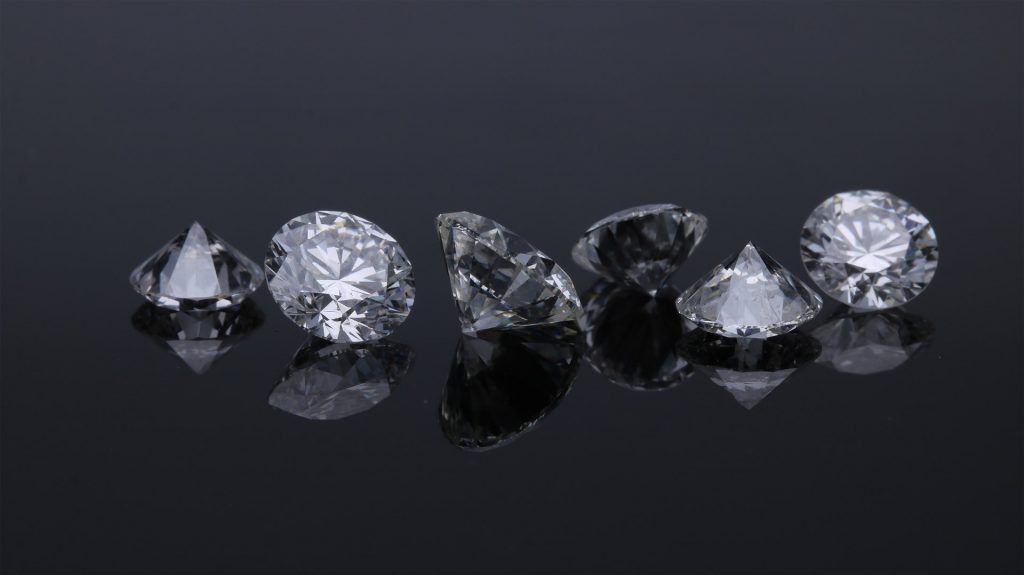Introduction to Ring Size
Finding the perfect ring is not just about the design or the stone; it’s also about ensuring it fits comfortably on your finger. Understanding ring size is crucial to avoid discomfort and ensure your ring looks stunning every time you wear it. Whether you’re shopping for an engagement ring, a wedding band, or a fashion statement piece, getting the size right is essential. Let’s explore everything you need to know about determining your ring size and ensuring a perfect fit.
To get started, you need to accurately determine your ring size. There are several methods you can use, depending on your preference and the tools available to you.
Using a Ring Sizer Tool
One of the most precise ways to measure your ring size is by using a dedicated talla de anillos. These tools come in various shapes and sizes, allowing you to find the perfect fit effortlessly. Simply slide the ring sizer onto your finger and ensure it slides on comfortably without being too loose or tight. Note the size indicated by the arrow or the number visible.
Printable Ring Size Guide
For those who prefer a DIY approach, printable ring size guides are available online. These guides typically include a scale that you can use to measure your finger’s circumference. Print out the ring size guide at 100% scale, place your ring on the circles until you find the perfect match, and check the number or letter that corresponds to your ring size.
Measuring with a String or Paper
In the absence of specialized tools, you can use a piece of string or paper to measure your finger. Wrap the string or paper around your finger where the ring would sit, mark the point where the string or paper overlaps, measure the length with a ruler, and refer to a sizing chart for your region.
Ring sizes can vary significantly depending on the region or country you’re in. It’s essential to understand these ring size standards to ensure a perfect fit when purchasing or ordering rings from different sources.
Differences Between Countries
The most common ring size standards include US, UK, EU, and international sizing. Each standard uses different methods for sizing rings:
- US sizing: Uses numbers (e.g., 6, 7, 8).
- UK sizing: Uses letters (e.g., L, M, N).
- EU sizing: Uses millimeters (e.g., 16.5mm, 17.2mm).
- International sizing charts help you convert between these standards effortlessly.
Conversion Charts and How to Use Them
If you’re purchasing a ring from another country or region, conversion charts become invaluable. Identify your current ring size using your country’s standard, refer to the conversion chart to find the equivalent size in the desired standard, and verify with a jeweler or online retailer for accuracy.
Several factors can affect how a ring fits on your finger. Understanding these factors helps you choose the right size and anticipate any changes.
Temperature and Finger Swelling
Fingers tend to swell in warmer temperatures, leading to a tighter fit. To account for temperature changes, consider sizing up slightly if you live in a warmer climate and avoid measuring your ring size when your fingers are swollen.
Weight Changes and Finger Size Fluctuations
Weight gain or loss can affect the size of your fingers over time. Choose rings that allow for slight adjustments and consider resizing options if significant weight changes occur.
Selecting the right ring size involves balancing comfort and fit snugness according to personal preferences. Some prefer a snug fit, while others prioritize comfort. Certain types of rings, such as wedding rings or fashion rings, may require specific considerations when choosing the size.
Comfort vs. Fit Snugness
Wedding rings often require a snug fit to prevent slipping off, while fashion rings may be more comfortable with a slightly looser fit. Discuss with jewelers the ideal fit for each type of ring you plan to wear.
Different Preferences for Different Types of Rings
Consider adjusting your size preferences based on the type of ring you’re purchasing. Engagement rings or stackable rings, for example, may require different sizing considerations.
Wearing the wrong ring size can lead to discomfort and potential damage to the ring itself. It’s essential to be aware of common problems associated with incorrect ring sizing.
Ring Too Loose or Too Tight
If a ring is too loose, lab made diamonds, there’s a risk of it slipping off and getting lost. On the other hand, if a ring is too tight, it can restrict blood flow and become uncomfortable to wear.
Resizing Options and Limitations
Most rings can be resized by a professional jeweler. However, there are limitations based on the ring’s design and material. It’s crucial to understand when and how to resize a ring to maintain its integrity and comfort.
In some cases, temporary adjustments can be made at home to accommodate slight size changes. These DIY methods are helpful for managing minor fluctuations in finger size.
DIY Methods for Temporary Adjustments
Using household items like tape or string can provide temporary relief until you can visit a professional jeweler for resizing. Use caution to avoid damaging the ring or causing discomfort during temporary adjustments.
When to Seek Professional Resizing
If you experience persistent discomfort despite DIY adjustments or notice significant changes in how the ring fits over time, it may be time to seek professional resizing services.
For a truly bespoke experience, consider opting for custom-made rings tailored to your exact specifications. Custom ring sizing ensures a perfect fit and allows for personalization in design and materials.
Benefits of Custom-Made Rings
Custom-made rings eliminate the compromise often associated with standard sizes. They ensure a perfect fit without sacrificing your preferences for style and comfort.
Factors to Consider When Ordering a Custom Size
Before placing an order for a custom-sized ring, it’s essential to provide detailed measurements and communicate your preferences with the jeweler. This ensures that the final product meets your expectations in terms of fit and design.

